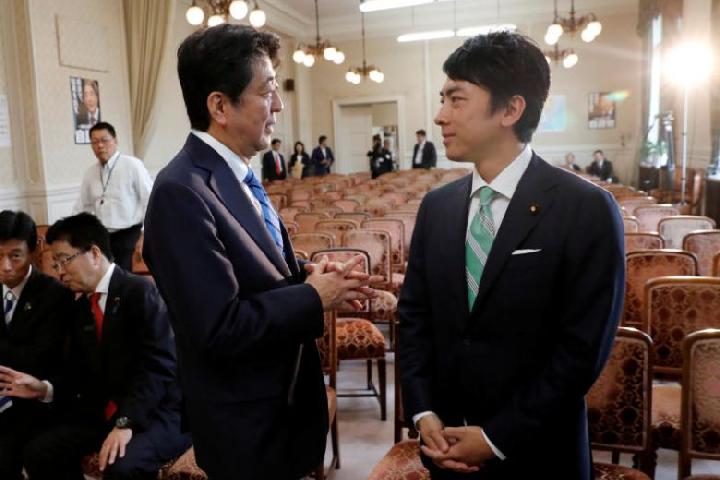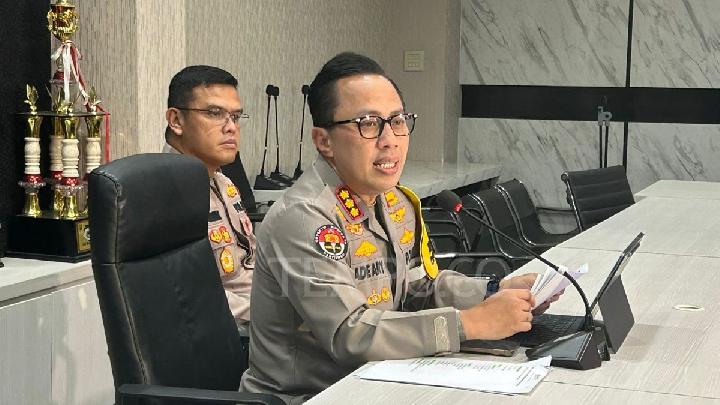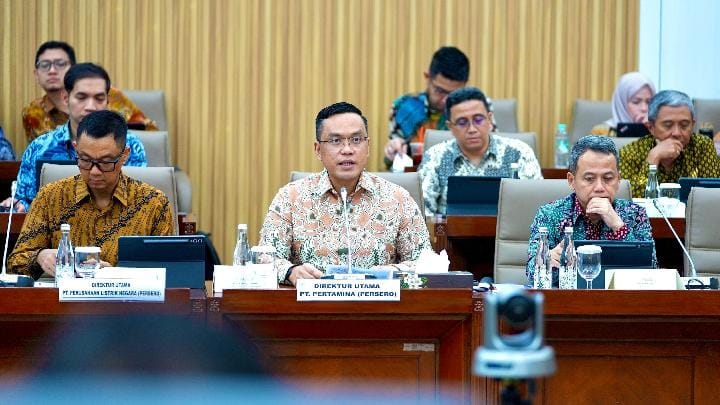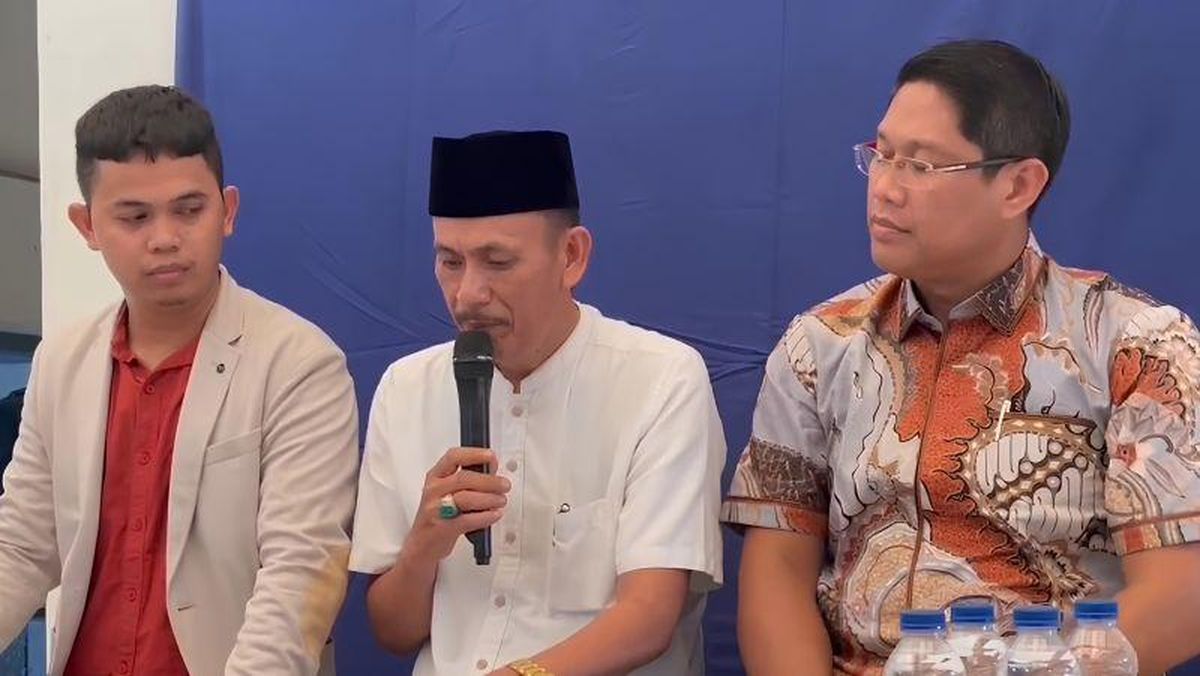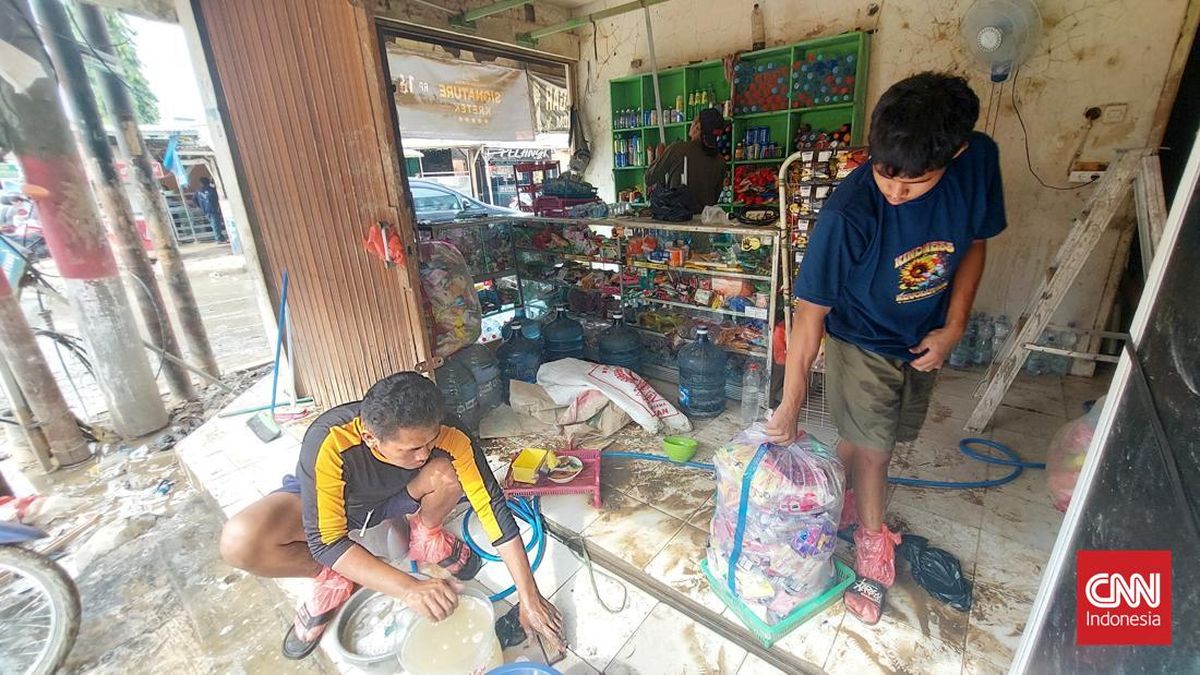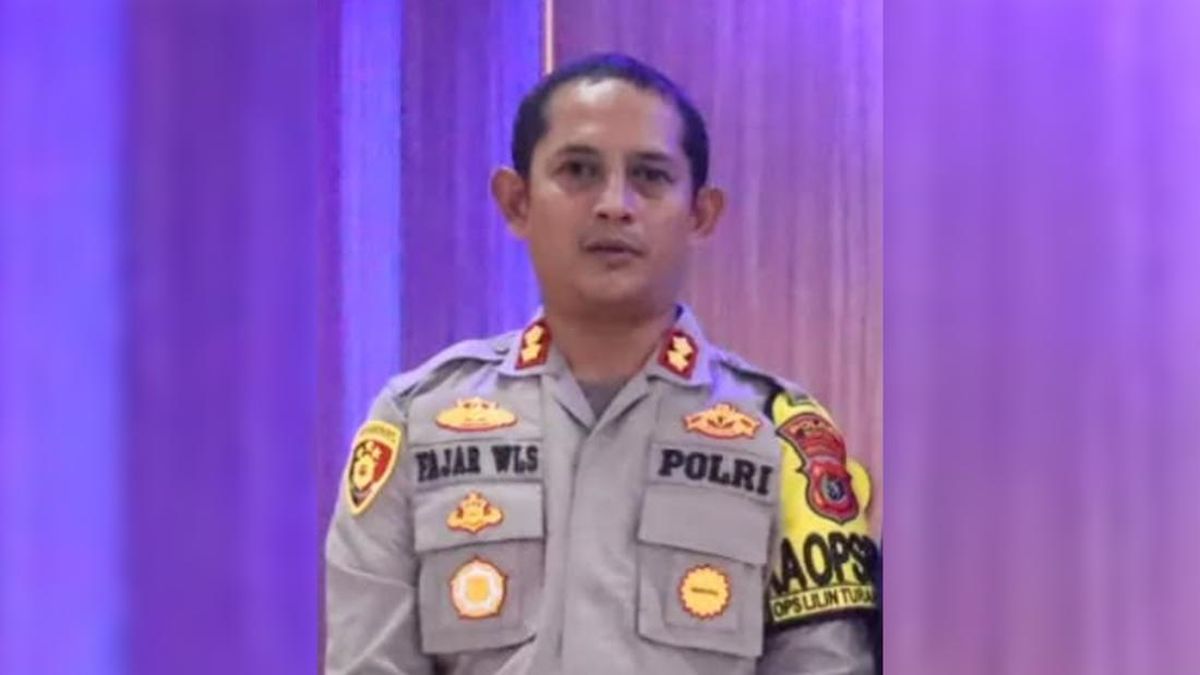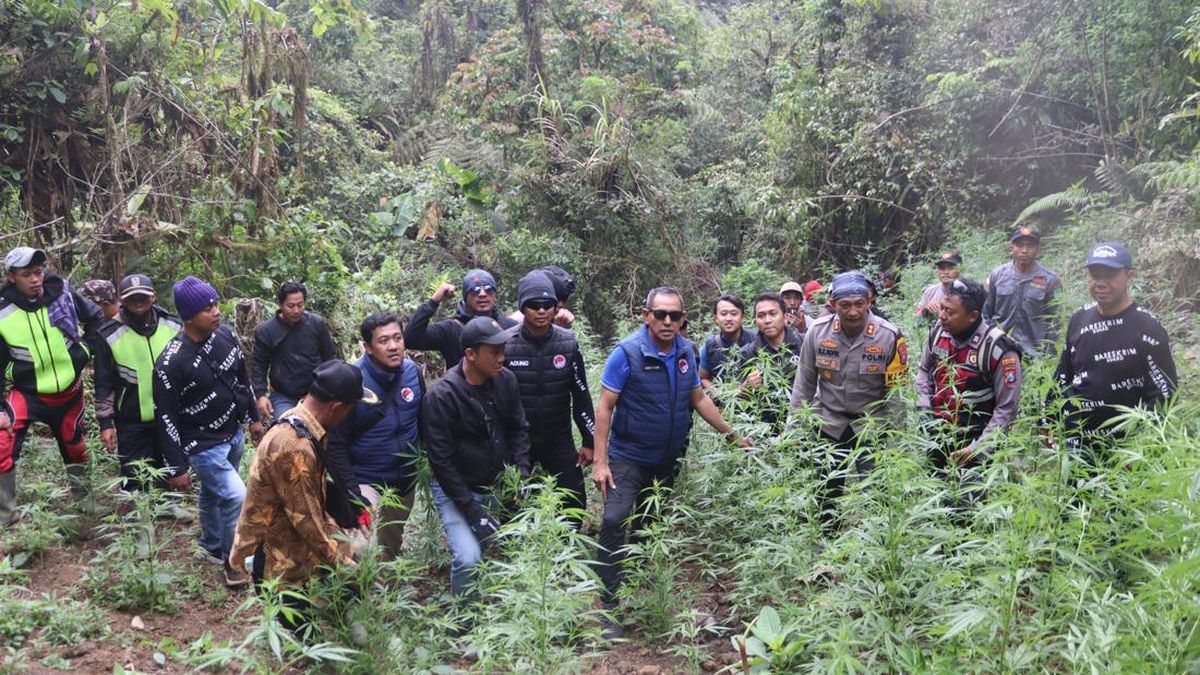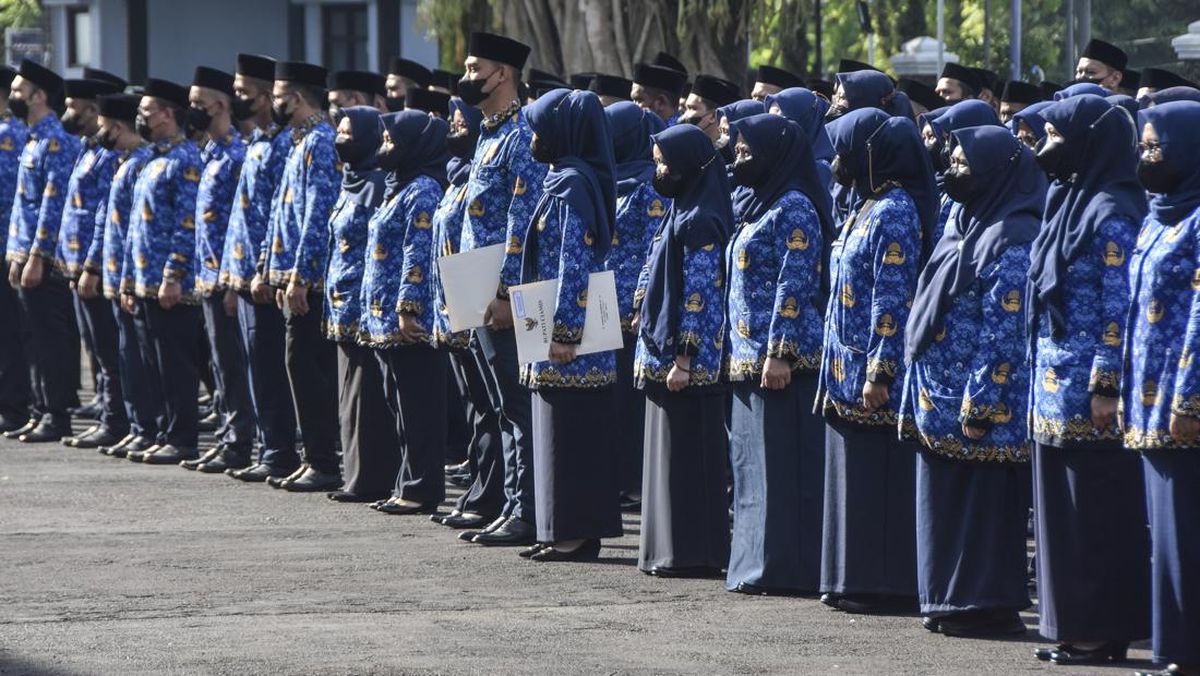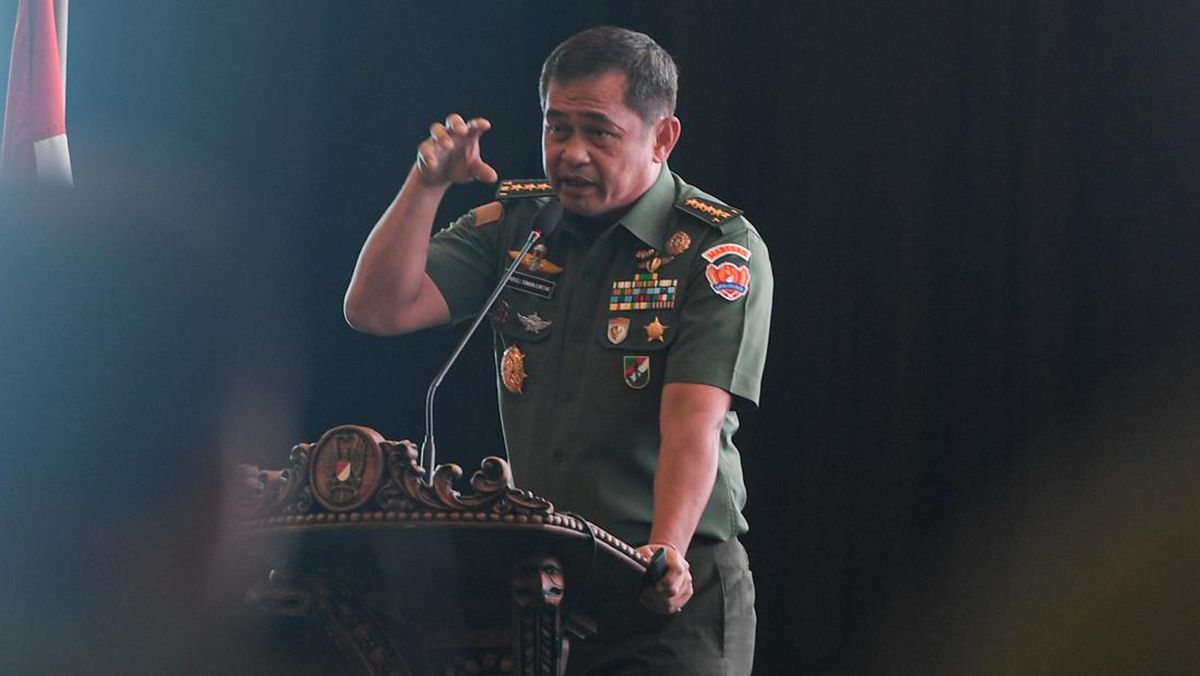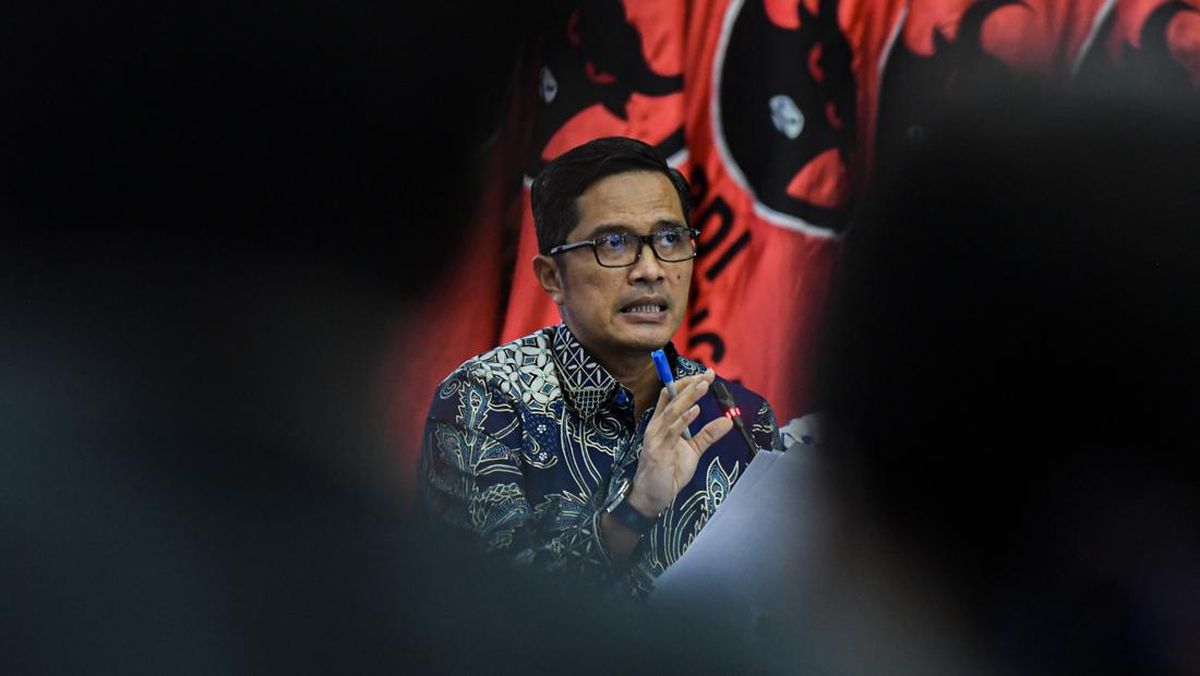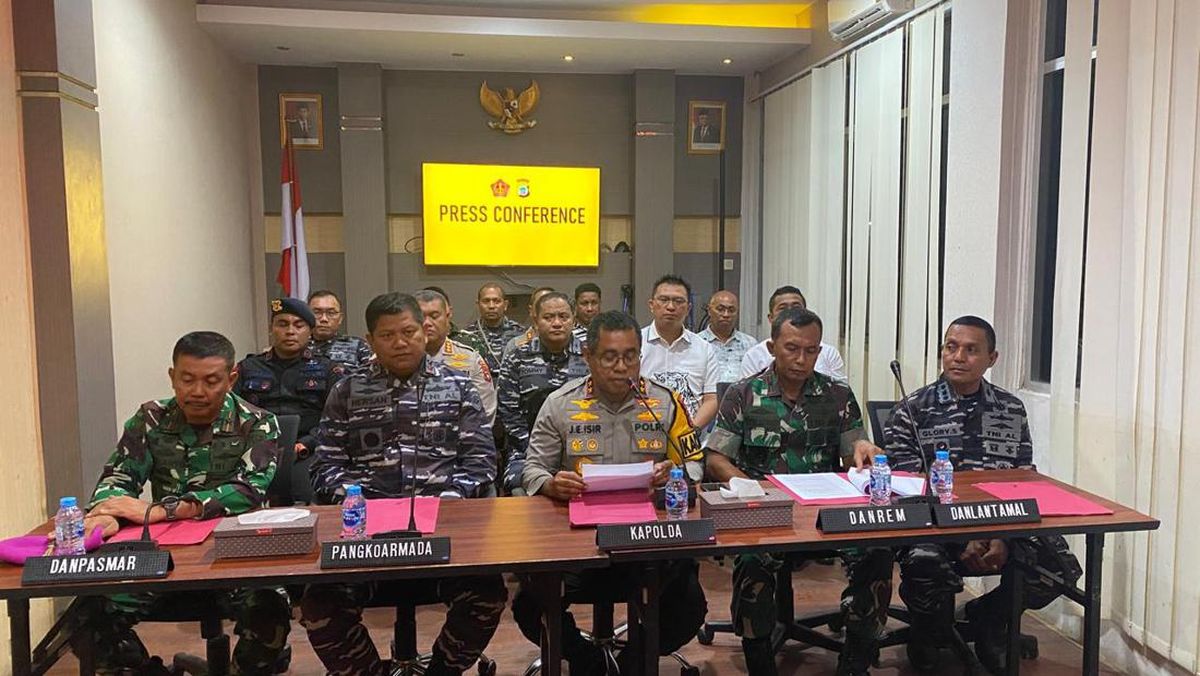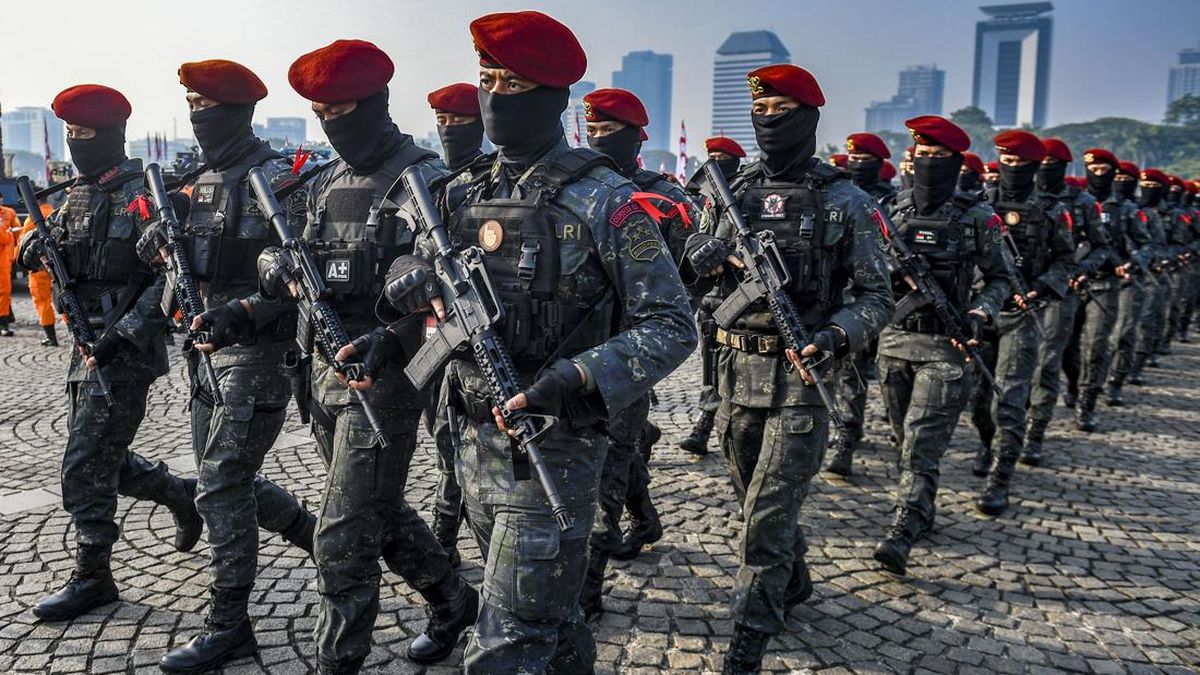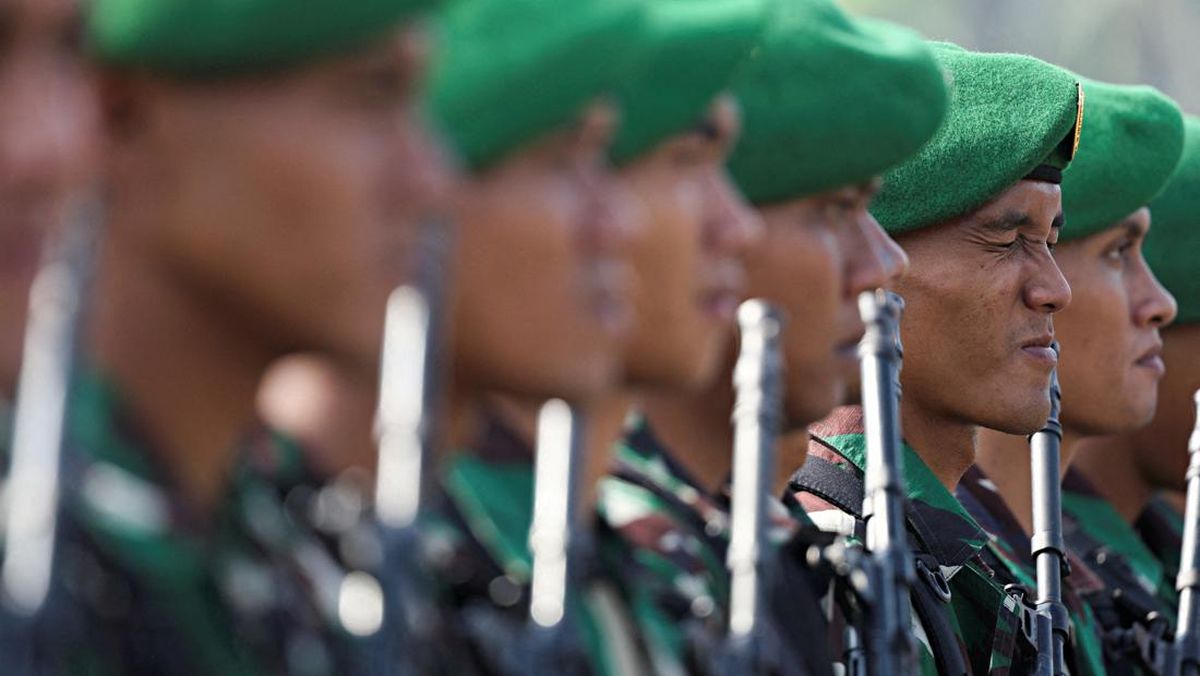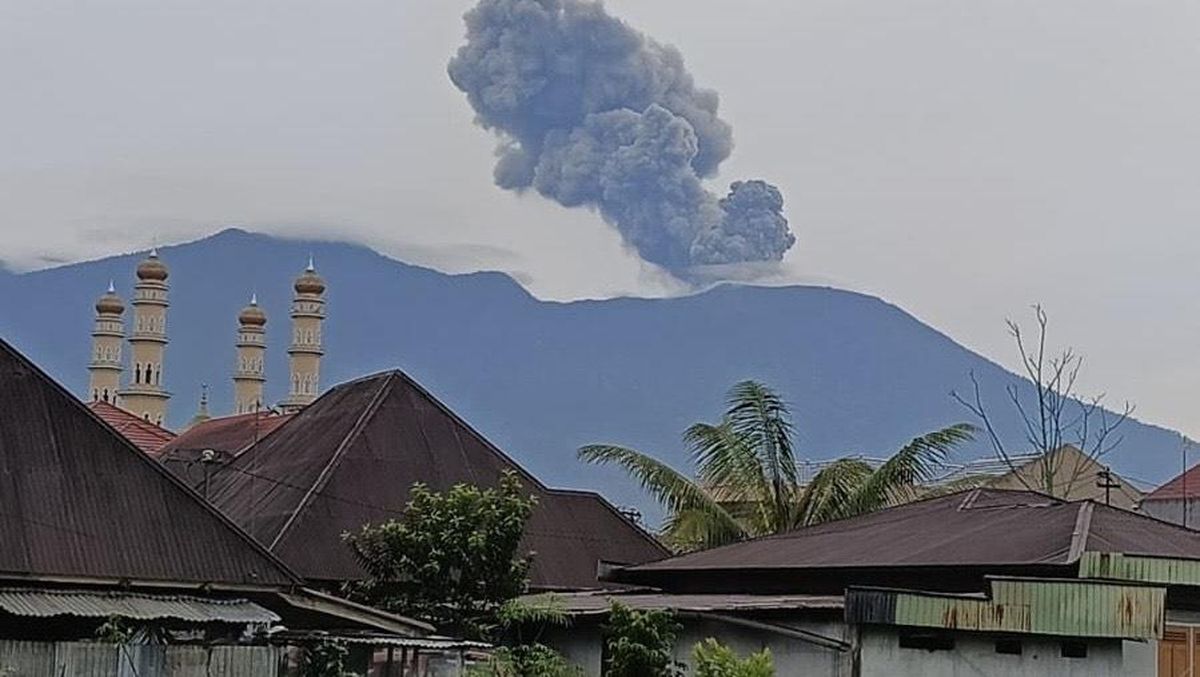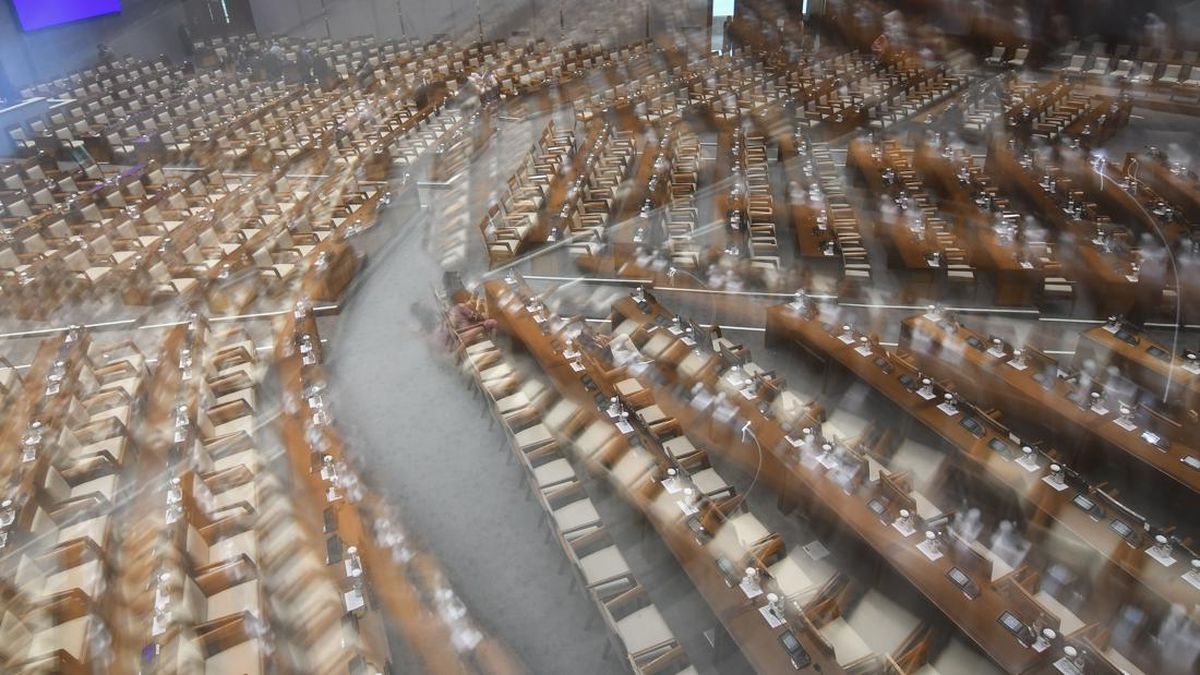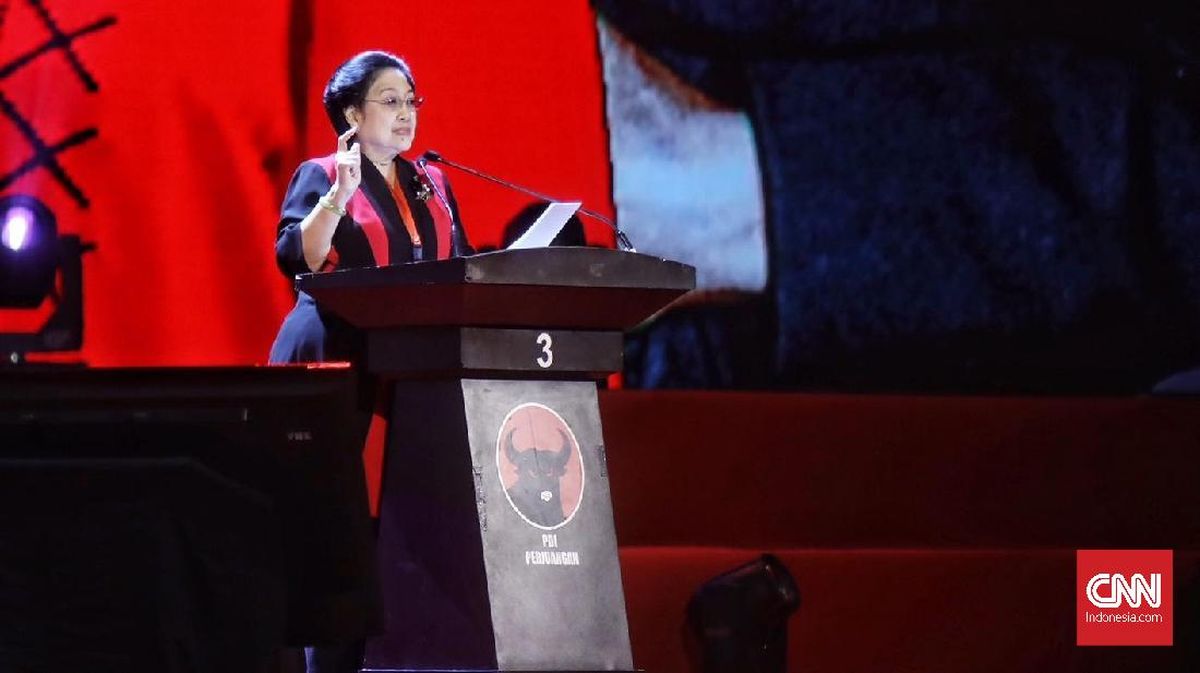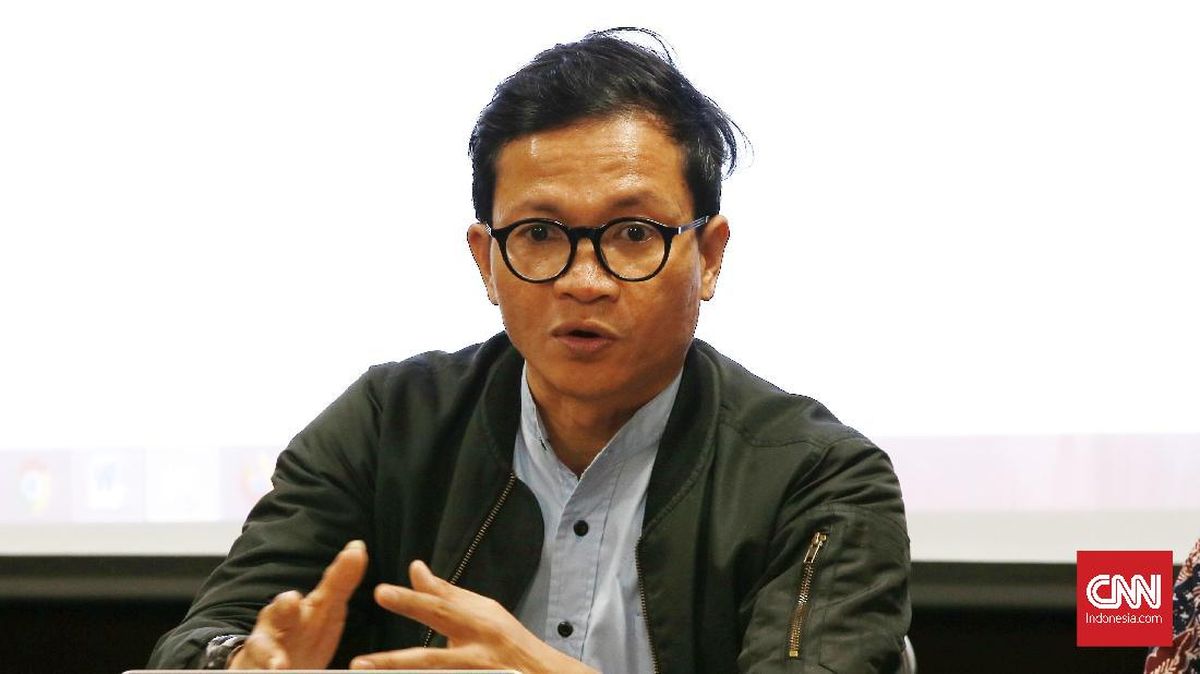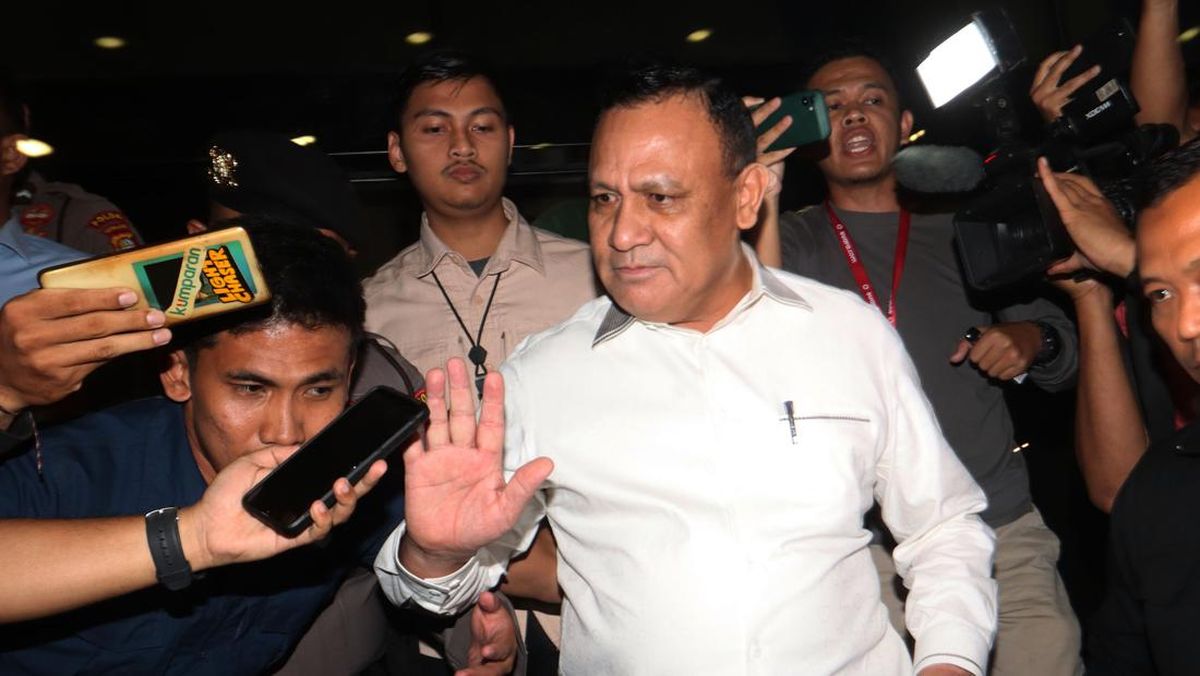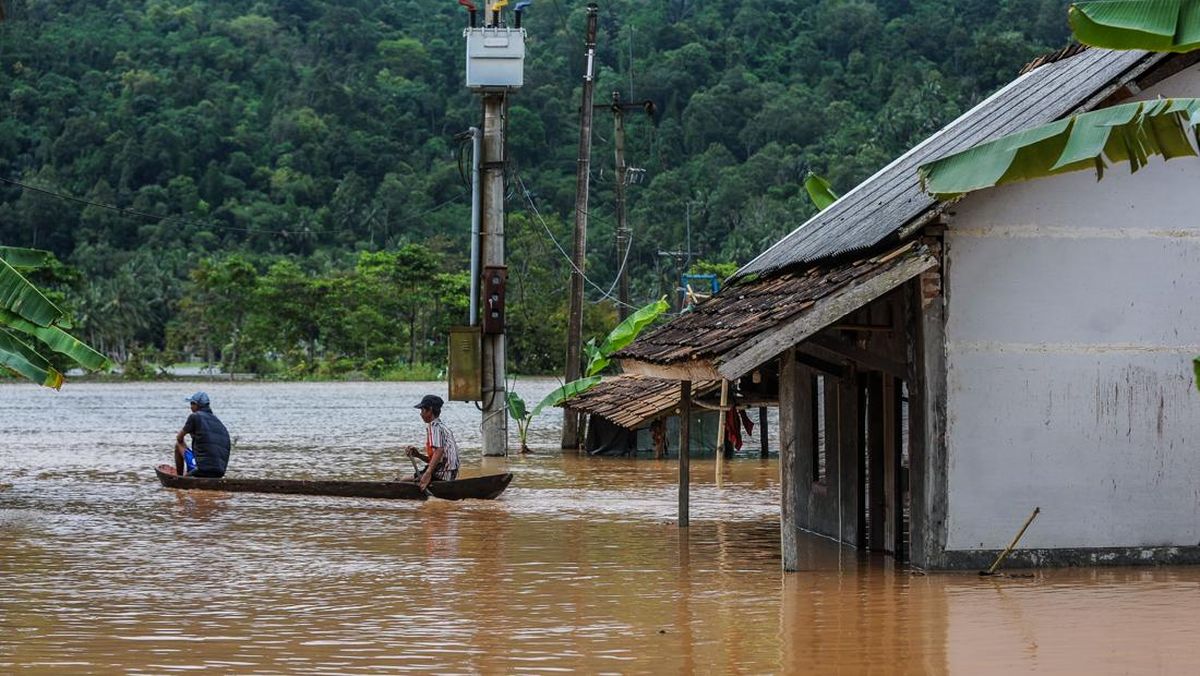TEMPO.CO, Jakarta - Pope Francis was reported in critical condition on Saturday, February 22, 2025. The Vatican announced that the 88-year-old Pope needs oxygen supplements and blood transfusions, according to Reuters.
Due to his critical condition, Pope Francis could not appear in public on Sunday, February 23, 2025, to lead the mass. This marks the second Sunday the Pope could not lead the mass due to health reasons.
Pope Francis was admitted to Gemelli Hospital on February 14, 2025, after experiencing shortness of breath for several days. He was later diagnosed with pneumonia in both of his lungs.
Due to his deteriorating health condition, if the Pope passes away it will trigger a significant event, the selection of a new leader for the Catholic Church.
Death Confirmation
As reported by Politico, traditionally, the role of the camerlengo (a senior Vatican official) is to confirm the death of a Pope. Currently, this position is held by Cardinal Kevin Farrell, born in Ireland.
If the tradition still applies, Farrell would visit the body of Pope Francis in his private chapel and call out his baptismal name to awaken him. This is largely ceremonial, as doctors would confirm the Pope's death through more standard medical means.
When the Pope does not respond, according to tradition, his papal ring, a seal for official papal documents, will be destroyed or defaced. This signifies the end of the Pope's reign. The papal apartment is closed off.
The camerlengo informs the College of Cardinals, the senior body governing the church, that the Pope has passed. Afterward, the Pope's death is announced to the world by the Vatican to the media.
Mourning Period
The Pope's passing would trigger a nine-day mourning period known as Novendiale. Originally a custom of ancient Rome, Italy usually declares a national mourning period.
His body would be blessed, dressed in papal robes, and displayed in St. Peter's Basilica for public viewing. Hundreds of thousands of people would line up to pay their respects, including foreign officials and world leaders. In the past, a Pope's body would be displayed on a high platform called a catafalque.
Historically, Popes have often been embalmed, and some of their organs taken before being buried. A church near the Trevi Fountain in Rome holds the hearts of over 20 Popes in marble urns, preserved as holy relics, although this practice is no longer favored.
While Pope Francis lies in state, daily prayer services and Requiem Mass would be held in St. Peter's Basilica and Catholic churches worldwide.
The Vatican would enter a transition period called sede vacante, meaning "vacant seat." Church authority would temporarily be transferred to the College of Cardinals, which cannot make major decisions until a new Pope is elected.
Funeral
The Pope's funeral ceremony would be held in St. Peter's Square between four and six days after his passing. Mourners throng the Vatican to attend the ceremony led by the dean of the College of Cardinals, Giovanni Battista Re, a 91-year-old Italian.
Traditionally, Popes are buried in the Vatican Grottoes, an underground space beneath St. Peter's Basilica. Almost 100 Popes have been buried there, including Pope Benedict XVI, Francis' predecessor, who resigned in 2013 and passed away in 2022.
However, in a 2023 interview, Francis stated that he had chosen the Basilica of Santa Maria Maggiore in Rome as his final resting place. This is one of his favorite and most frequently visited churches. If buried in Santa Maria Maggiore, Pope Francis would be the first Pope in a century to be buried outside the Vatican.
Election of a New Pope
Two to three weeks after the Pope's burial, the College of Cardinals convenes in the Sistine Chapel to hold a conclave, an extremely secretive process to elect a new Pope. In theory, every baptized Roman Catholic man is eligible to become Pope. However, for the last 700 years, the Pope has always been elected from the College of Cardinals.
Most of the 266 Popes elected throughout history have been European. Pope Francis, born Jorge Mario Bergoglio in Argentina, was the first non-European Pope in 1,300 years.
On the day of voting, the Sistine Chapel, with its famous ceiling painted by Michelangelo, is physically sealed off. The voting cardinals, who have taken an oath of secrecy, are locked inside.
Only cardinals under 80 years old are eligible to vote. Around 120 of them will secretly cast their vote for their chosen candidates by writing their names on a ballot and placing it in a chalice on the altar.
If no candidate receives the necessary two-thirds majority, another round of voting will be held. There can be up to four rounds of voting per day.
The conclave that elected Pope Francis in 2013 took about 24 hours and five rounds of voting. The process could take longer. Conclaves in the 13th century lasted about three years, while another in the 18th century took four months.
After the ballots are counted, they are burned on a stove inside the Sistine Chapel, previously installed by the Vatican fire brigade. A second stove burns chemicals that emit smoke through a chimney to the outside world: Black smoke indicates no new Pope has been elected, and white smoke indicates a new Pope has been chosen.
Elected New Pope
Once a Pope is elected, a delegate from the College of Cardinals reads out the announcement in Latin, Habemus papam, meaning we have a Pope. The announcement is made from the main balcony of St. Peter's Basilica and witnessed by thousands of excited believers.
The newly elected Pope, after choosing a papal name and donning a white robe, steps onto the balcony to deliver his first address to the public. The Catholic world then has a new leader.
Most Popes serve until the end of their lives. Pope Benedict XVI was the first Pope to resign in 600 years, who resigned in 2013 at age 85 due to declining health.
Editor's Choice: Here's the List of 8 Potential Replacements for Pope Francis
Click here to get the latest news updates from Tempo on Google News




